Pop veterans Stars started out as a collaboration between Torquil Campbell and Chris Seligman in New York City in 1998, combining their love of '80s UK bands with a limited budget before eventually blossoming into the formidable Montreal-based six-piece they are today. The group have navigated the highs and lows of being signed to Arts & Crafts during the mid-2000s Canadian indie boom, retaining independence and ultimately achieving longevity while exploring rock, pop, disco and synth-based structures that centre the familiar partnership of vocalists Campbell and Amy Millan.
As the genesis of Stars hits the 20-year mark and the band's core membership — solidified by 2001 — approaches two decades together, we take a step back to assess the group's discography and their various side projects.
Essential Albums:
3. There Is No Love In Fluorescent Light
(2017)
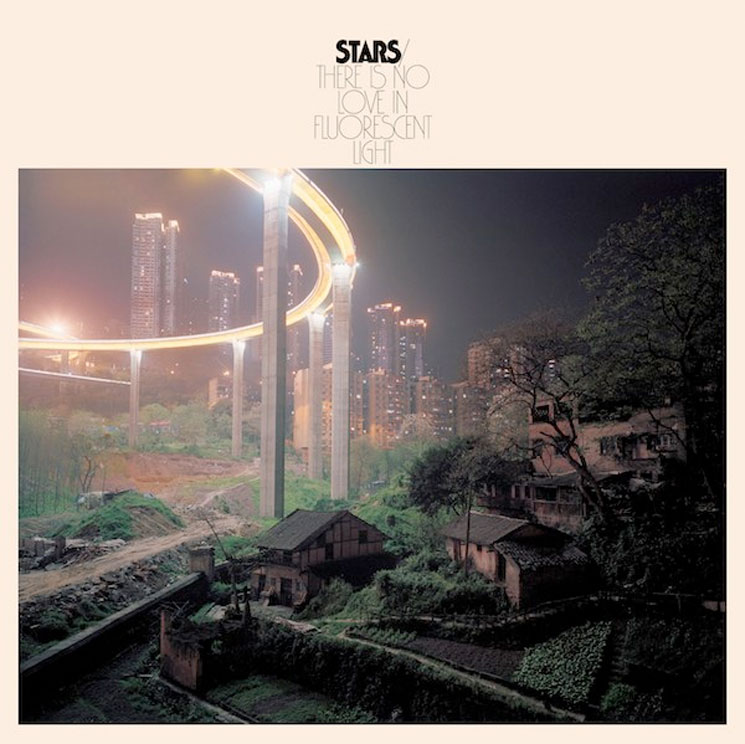
There Is No Love In Fluorescent Light is a portrait today's Stars: honing their ability to write kitchen sink pop songs, devastating yet with a universality and longing that sustains relevance. Working with producer Peter Katis, instead of self-producing, Stars create sweeping orchestral tracks ("California, I Love That Name"), and looping odes to alienation and human nature ("Alone," "We Called It Love"), including Millan's danceable, fiery leads on the funk of "Hope Avenue" and "Real Thing." The album is deftly sequenced and captures numerous sides of the band, allowing for a smooth listen to a graceful group who are still searching for connection.
2. Set Yourself On Fire
(2004)
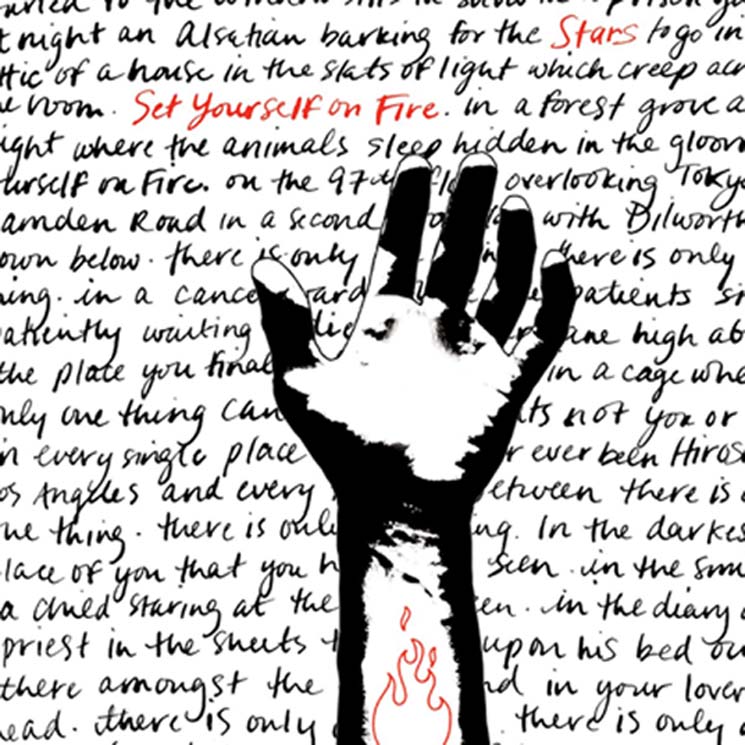
Stars' most celebrated album opens with Douglas Campbell's lasting declaration: "When there's nothing left to burn, you have to set yourself on fire." This is the band at their clearest and most direct: espousing the "soft revolution" and spinning tales about nearly every aspect of love, lust, and heartbreak. The record's full production — sumptuous orchestral arrangements and programmed synths — is melded with traditional indie rock to develop a versatile pop sound. Each song on the album is lyrically vivid and sincere in a way that's undeniable, a testament to the group's vision.
1. In Our Bedroom After the War
(2007)
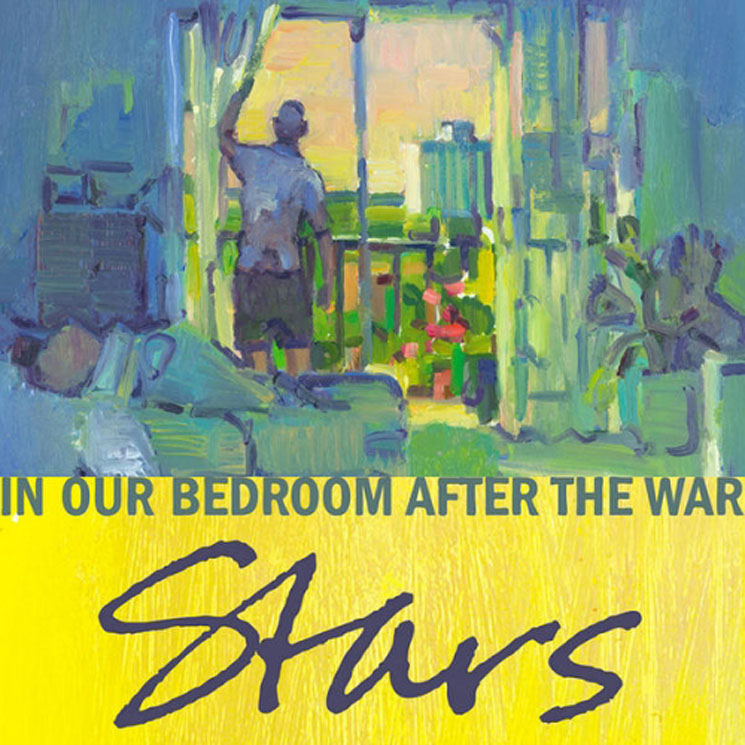
The band's lush, orchestrated 2007 album In Our Bedroom After the War served as a deliberate attempt at thematic structure and succeeded in providing a full range of songs that honed in on the intimate, story-based songs that Stars excel at writing. Stars were able to temper bombastic songs, like "Take Me To The Riot" and the tumbling rhythms of "Midnight Coward," with musical two-handers between Millan and Campbell, such as the stark rejection of "Personal" and the anticipatory, bass heavy "The Night Starts Here." Experimentations with falsetto ("The Ghost of Genova Heights") and politically evocative balladry ("Barricade") succeeded. Pushing the limits of the theatre at the heart of Stars' songs allowed them to master this album's story arc. The Bedroom Demos (2011) is an enjoyable look into the album's early stages, complete with a couple of rejected demos that still fit with the rest of the record.
What to Avoid:
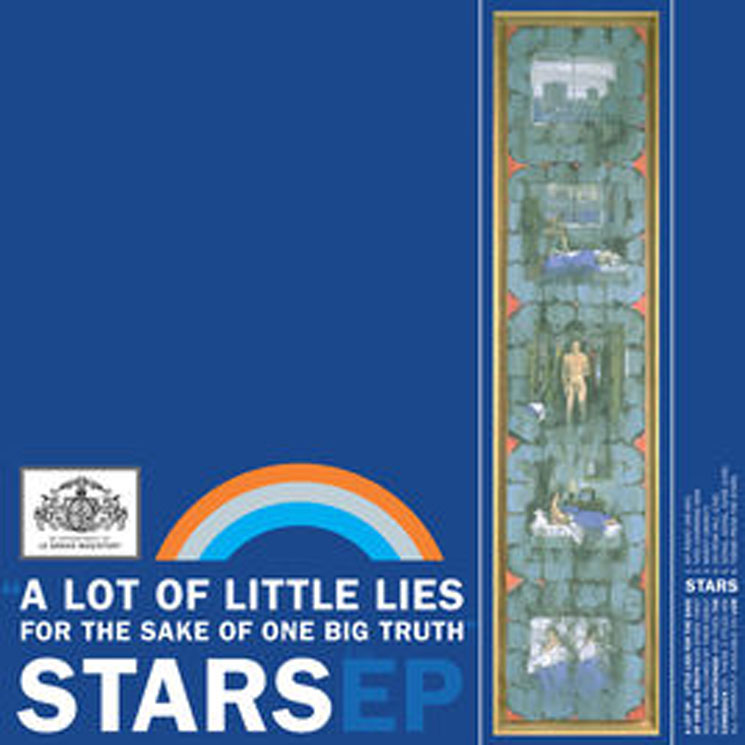
A Lot of Little Lies For the Sake of One Big Truth (2001), Stars' first EP, served as a teaser for Nightsongs, and includes an infectious early demo entitled "When?" and "Theme From the Stars," a charming introduction to the band's romanticism. The EP's minimalism allows for the stark lyrics of "Going, Going, Gone" to be at the fore, yet like on Nightsongs, the band are still creating their sound.
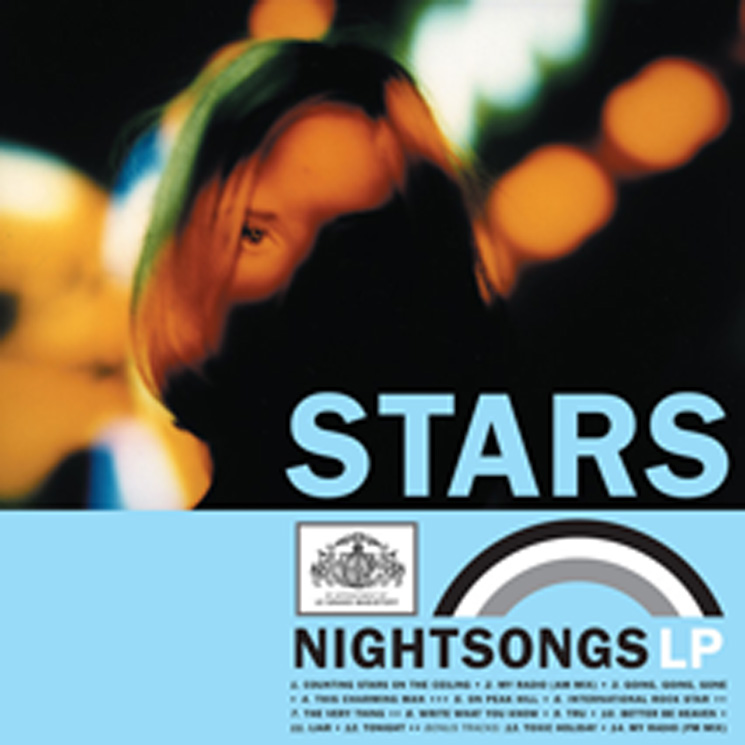
Nightsongs, the band's 2001 debut full-length, features some of Stars' darkest and most intimate writing; "Liar" and "The Very Thing" are unsettling due to the precision of their storytelling. Created primarily by Seligman and Campbell, with vocals by both Millan (heard on the rhythmic, tinny "Toxic Holiday") and Metric's Emily Haines, the album is but a glimpse at what Stars are capable of. Not until 2003's Heart is the full power of the band revealed.

Despite the merit of the songs that inspired it, 2007's Do You Trust Your Friends? remix/covers album feels like an unnecessary misstep, perhaps hoping to piggyback off of the success of Set Yourself On Fire and serve as a precursor to In Our Bedroom After the War. Overall, this album is for fans of the greater community of musicians that Stars are part of, as it features the likes of Owen Pallett (then Final Fantasy), Young Galaxy, the Dears and Kevin Drew.
Further Listening:

By The Comeback EP's July 2001 release, Millan had officially joined the band. The EP is sonically wide-ranging, from near industrial electronica to the unabashedly lovely "The Aspidistra Flies." There is a growing sophistication and promise to the band's sound, traversing different genres and putting the strength of the song first.

Aptly romantic and full of a naïveté that the band seldom harnessed thereafter, 2003's Heart established Stars as a group with a knack for earnest, storytelling-inspired pop. Recorded in Seligman's Montreal bedroom, the album presents a warm, more developed sound than their debut. Full band songs such as "Elevator Love Letter" hint at their melancholic, steady pop songs to come.
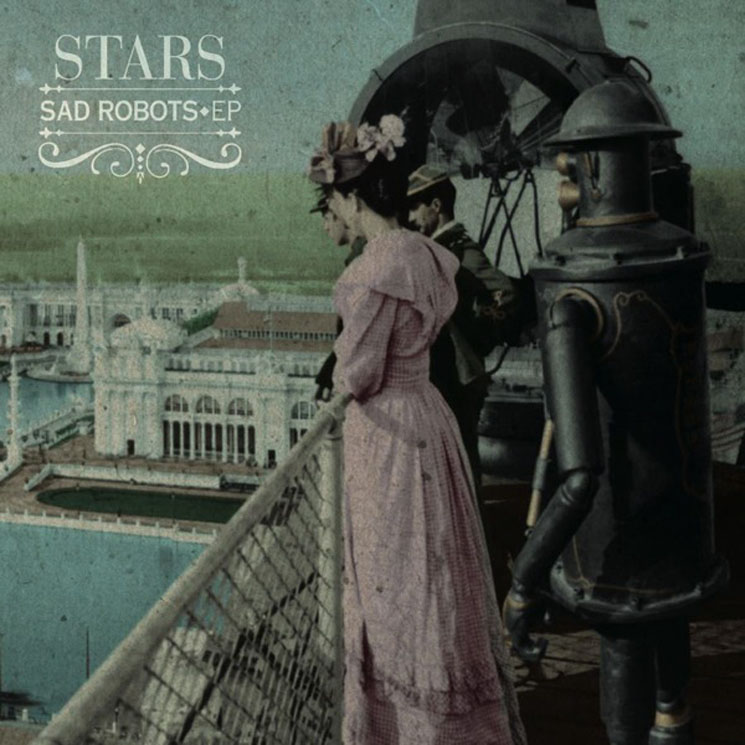
Sad Robots (2008), released in the wake of touring behind In Our Bedroom After the War, is Stars at perhaps their most wistful, featuring an exquisite live performance of "Going, Going, Gone" and the theme of harkening back to one's youth on "14 Forever."
Any fan whose interest is captured by Stars' essential records should take a listen through their output this decade, in which the band experimented with synths and dance music to a greater extent, deepening the maturity of their songwriting as their members hit middle age and underwent significant life changes, such as becoming parents and facing serious illness in those close to them. The Five Ghosts (2010) faces grief head on with some of the group's most soaring, heart-wrenching material.
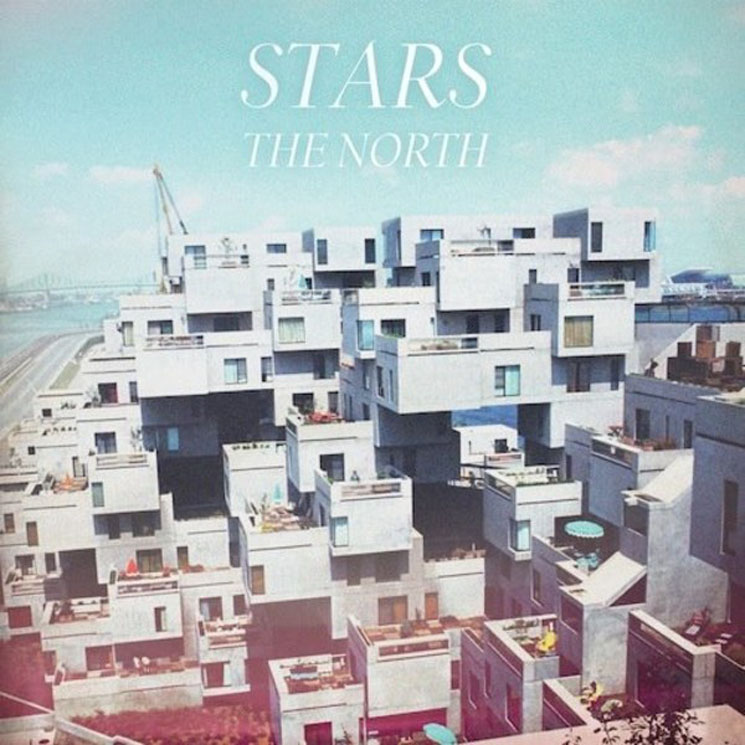
The North (2012) found the band mastering synth pop on "The Theory of Relativity" and the anthemic, New Order-influenced "Hold On When You Get Love and Let Go When You Give It." Millan and Campbell's couple-in-song returned to trade lines in the darkness of "Walls," as well as the overly on-the-nose theatre of "Do You Want to Die Together." Still, the flow of the album is well structured and standouts such as the nimble yet cutting "A Song Is a Weapon" display the band's refined songwriting.
No One Is Lost (2014), which features the disco-influenced lead single "From The Night," continued in the vein of The North, leaning toward the band's dance-oriented inspirations. No One Is Lost's ultimate strengths are in its slower tracks, which embrace beauty, heard in the country-tinged melancholy of "Look Away" and the wavering strings of "A Stranger."
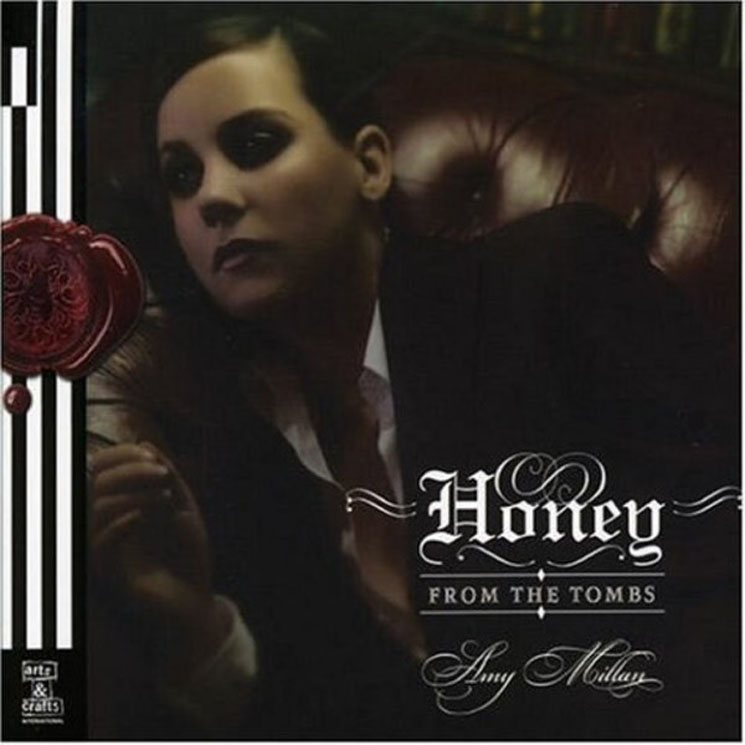
Amy Millan's solo output, notably her 2006 debut, Honey From the Tombs, features some of her strongest writing and is an opportunity for fans to hear her performing in more of an acoustic, even country, vein, with other songs harkening back to the horns and beats of Nightsongs.
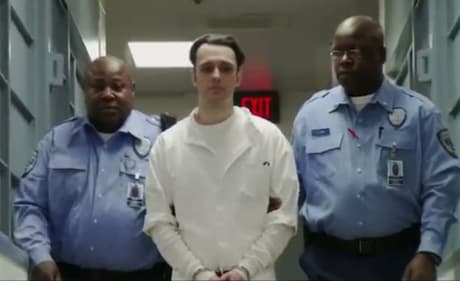
Memphis, the duo formed by childhood friends Chris Dumont and Campbell, is required listening for appreciators of Campbell's writing. Dumont's expressive guitar playing anchors their best album, 2011's Here Comes a City. In some ways, it is more personal than Stars' writing (the ode to family in "M+E=ME"), yet the record's centrepieces are dark stories juxtaposed with sunny, driving pop ("I Am the Photographer") as well as beautifully indulged tales of pettiness and drama, fleshed out with horns and woodwinds ("Wait!" "Way Past Caring").
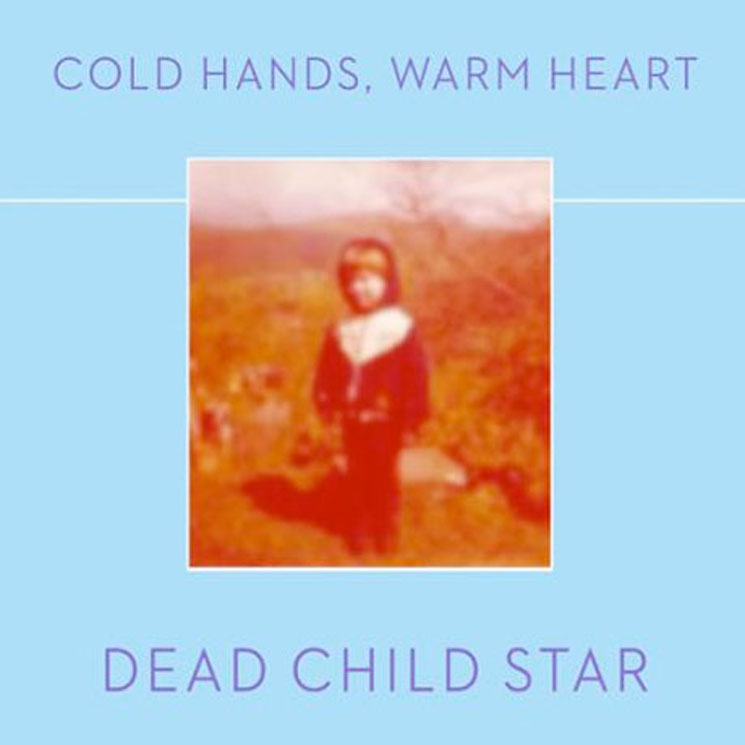
Dead Child Star's Cold Hands, Warm Heart was released the same year, providing fans with a window into Campbell's collaborative-solo work. The brief collection of whimsical, languid songs range from touching on Campbell's stint as a child actor to the themes at the core of his songwriting: loneliness, love, and longing.
As the genesis of Stars hits the 20-year mark and the band's core membership — solidified by 2001 — approaches two decades together, we take a step back to assess the group's discography and their various side projects.
Essential Albums:
3. There Is No Love In Fluorescent Light
(2017)

There Is No Love In Fluorescent Light is a portrait today's Stars: honing their ability to write kitchen sink pop songs, devastating yet with a universality and longing that sustains relevance. Working with producer Peter Katis, instead of self-producing, Stars create sweeping orchestral tracks ("California, I Love That Name"), and looping odes to alienation and human nature ("Alone," "We Called It Love"), including Millan's danceable, fiery leads on the funk of "Hope Avenue" and "Real Thing." The album is deftly sequenced and captures numerous sides of the band, allowing for a smooth listen to a graceful group who are still searching for connection.
2. Set Yourself On Fire
(2004)

Stars' most celebrated album opens with Douglas Campbell's lasting declaration: "When there's nothing left to burn, you have to set yourself on fire." This is the band at their clearest and most direct: espousing the "soft revolution" and spinning tales about nearly every aspect of love, lust, and heartbreak. The record's full production — sumptuous orchestral arrangements and programmed synths — is melded with traditional indie rock to develop a versatile pop sound. Each song on the album is lyrically vivid and sincere in a way that's undeniable, a testament to the group's vision.
1. In Our Bedroom After the War
(2007)

The band's lush, orchestrated 2007 album In Our Bedroom After the War served as a deliberate attempt at thematic structure and succeeded in providing a full range of songs that honed in on the intimate, story-based songs that Stars excel at writing. Stars were able to temper bombastic songs, like "Take Me To The Riot" and the tumbling rhythms of "Midnight Coward," with musical two-handers between Millan and Campbell, such as the stark rejection of "Personal" and the anticipatory, bass heavy "The Night Starts Here." Experimentations with falsetto ("The Ghost of Genova Heights") and politically evocative balladry ("Barricade") succeeded. Pushing the limits of the theatre at the heart of Stars' songs allowed them to master this album's story arc. The Bedroom Demos (2011) is an enjoyable look into the album's early stages, complete with a couple of rejected demos that still fit with the rest of the record.
What to Avoid:

A Lot of Little Lies For the Sake of One Big Truth (2001), Stars' first EP, served as a teaser for Nightsongs, and includes an infectious early demo entitled "When?" and "Theme From the Stars," a charming introduction to the band's romanticism. The EP's minimalism allows for the stark lyrics of "Going, Going, Gone" to be at the fore, yet like on Nightsongs, the band are still creating their sound.

Nightsongs, the band's 2001 debut full-length, features some of Stars' darkest and most intimate writing; "Liar" and "The Very Thing" are unsettling due to the precision of their storytelling. Created primarily by Seligman and Campbell, with vocals by both Millan (heard on the rhythmic, tinny "Toxic Holiday") and Metric's Emily Haines, the album is but a glimpse at what Stars are capable of. Not until 2003's Heart is the full power of the band revealed.

Despite the merit of the songs that inspired it, 2007's Do You Trust Your Friends? remix/covers album feels like an unnecessary misstep, perhaps hoping to piggyback off of the success of Set Yourself On Fire and serve as a precursor to In Our Bedroom After the War. Overall, this album is for fans of the greater community of musicians that Stars are part of, as it features the likes of Owen Pallett (then Final Fantasy), Young Galaxy, the Dears and Kevin Drew.
Further Listening:

By The Comeback EP's July 2001 release, Millan had officially joined the band. The EP is sonically wide-ranging, from near industrial electronica to the unabashedly lovely "The Aspidistra Flies." There is a growing sophistication and promise to the band's sound, traversing different genres and putting the strength of the song first.

Aptly romantic and full of a naïveté that the band seldom harnessed thereafter, 2003's Heart established Stars as a group with a knack for earnest, storytelling-inspired pop. Recorded in Seligman's Montreal bedroom, the album presents a warm, more developed sound than their debut. Full band songs such as "Elevator Love Letter" hint at their melancholic, steady pop songs to come.

Sad Robots (2008), released in the wake of touring behind In Our Bedroom After the War, is Stars at perhaps their most wistful, featuring an exquisite live performance of "Going, Going, Gone" and the theme of harkening back to one's youth on "14 Forever."
Any fan whose interest is captured by Stars' essential records should take a listen through their output this decade, in which the band experimented with synths and dance music to a greater extent, deepening the maturity of their songwriting as their members hit middle age and underwent significant life changes, such as becoming parents and facing serious illness in those close to them. The Five Ghosts (2010) faces grief head on with some of the group's most soaring, heart-wrenching material.

The North (2012) found the band mastering synth pop on "The Theory of Relativity" and the anthemic, New Order-influenced "Hold On When You Get Love and Let Go When You Give It." Millan and Campbell's couple-in-song returned to trade lines in the darkness of "Walls," as well as the overly on-the-nose theatre of "Do You Want to Die Together." Still, the flow of the album is well structured and standouts such as the nimble yet cutting "A Song Is a Weapon" display the band's refined songwriting.
No One Is Lost (2014), which features the disco-influenced lead single "From The Night," continued in the vein of The North, leaning toward the band's dance-oriented inspirations. No One Is Lost's ultimate strengths are in its slower tracks, which embrace beauty, heard in the country-tinged melancholy of "Look Away" and the wavering strings of "A Stranger."

Amy Millan's solo output, notably her 2006 debut, Honey From the Tombs, features some of her strongest writing and is an opportunity for fans to hear her performing in more of an acoustic, even country, vein, with other songs harkening back to the horns and beats of Nightsongs.

Memphis, the duo formed by childhood friends Chris Dumont and Campbell, is required listening for appreciators of Campbell's writing. Dumont's expressive guitar playing anchors their best album, 2011's Here Comes a City. In some ways, it is more personal than Stars' writing (the ode to family in "M+E=ME"), yet the record's centrepieces are dark stories juxtaposed with sunny, driving pop ("I Am the Photographer") as well as beautifully indulged tales of pettiness and drama, fleshed out with horns and woodwinds ("Wait!" "Way Past Caring").

Dead Child Star's Cold Hands, Warm Heart was released the same year, providing fans with a window into Campbell's collaborative-solo work. The brief collection of whimsical, languid songs range from touching on Campbell's stint as a child actor to the themes at the core of his songwriting: loneliness, love, and longing.
